Affiliate links on Android Authority may earn us a commission. Learn more.
LG Fx0 impressions: Firefox OS is no threat to Android right now
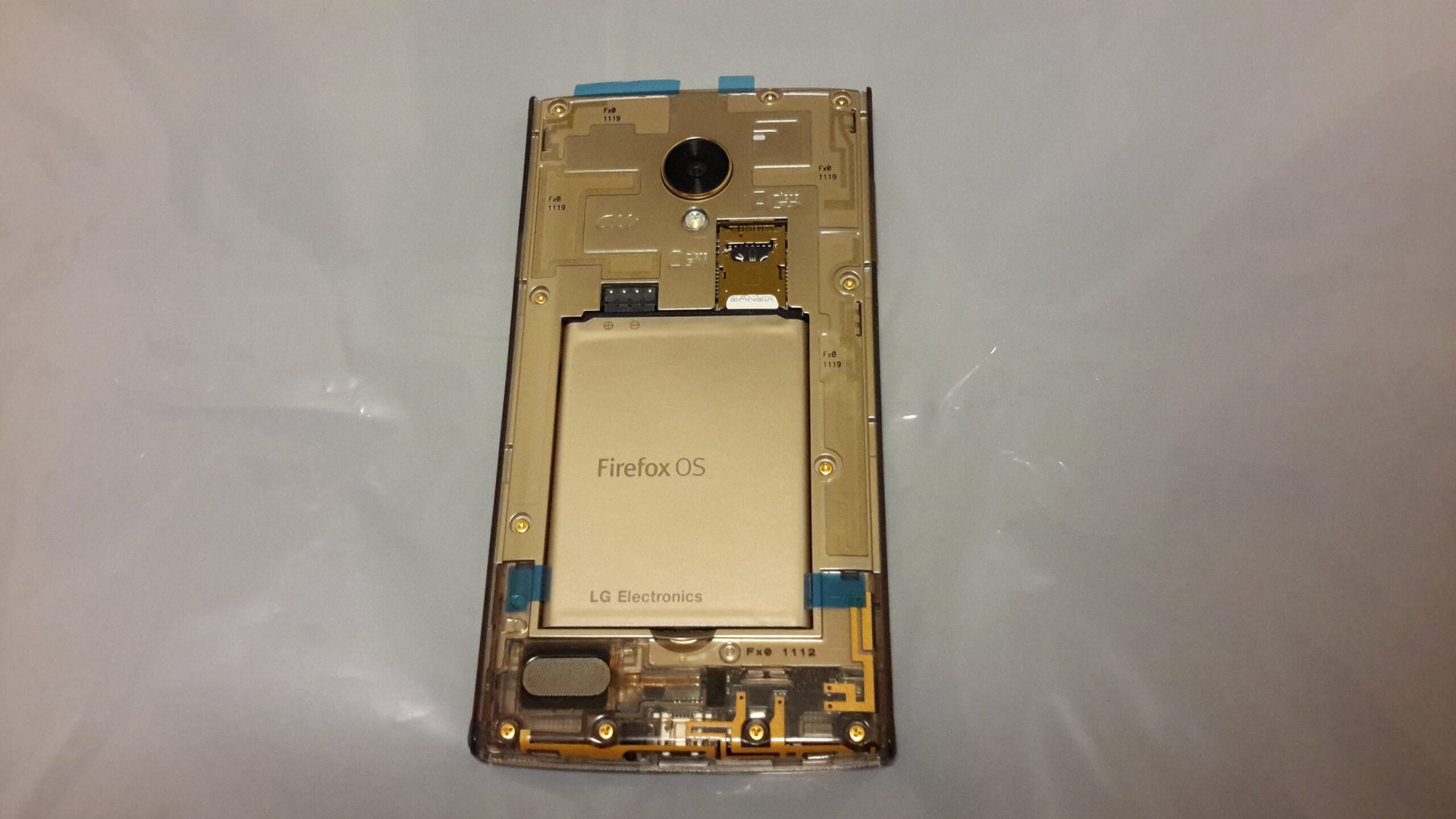
Regardless of what side of the “OS coin” one falls on, there is no question that Google’s Android has taken center stage of the mobile marketplace, with Apple’s iOS taking the role of supporting cast. Backstage we have the two understudies: Microsoft’s Windows Phone and Blackberry’s BB10, and somewhere off set, in a quiet office, lies Mozilla’s Firefox OS, still attending casting calls.
Given the fact that Android has the lead, the idea of new challengers helps to keep Mountain View on its proverbial toes. Interestingly enough, Firefox OS (hereafter to be referred to as “Fx”) isn’t so new, having launched on several carriers last summer in Spain, though given the extremely low-end hardware it was pushing, one might be forgiven should they have missed it entirely.
Meanwhile, here in Japan, a quiet cold war has been brewing among the conservative carriers, NTT docomo and KDDI au, with Softbank taking a much more liberal approach to business given things like its 2013 acquisition of Sprint Nextel. The silent fight taking place is not between each other, but instead, a dependency on Google. Docomo’s canceled Tizen prototype phone was leaked some time ago, and then just a couple of weeks back, au surprised seemingly everyone when it announced the Fx0, a Firefox smartphone that had (relatively) amazing specs, was made by Korean OEM LG, and would be releasing just days later, on Christmas.
Having now spent more than a week with the Fx0, I am here to share my impressions, and to provide a discourse as to the threat (or lack thereof) it stands to Android. Before I begin however, I want to issue a stern warning to anyone who is itching to import one of these devices, as they can indeed be had on eBay: the carrier, KDDI au, will under no circumstances, unlock their phones. This means that if you buy one, unless there is some kind of magic 3rd party solution by the folks at XDA or elsewhere, you will never be able to use it with any foreign SIM. Furthermore, au operates on CDMA networks and thus even if the device was unlocked, barring you have a Verizon SIM, there would be little point. With that said, let us begin:
In for the experience
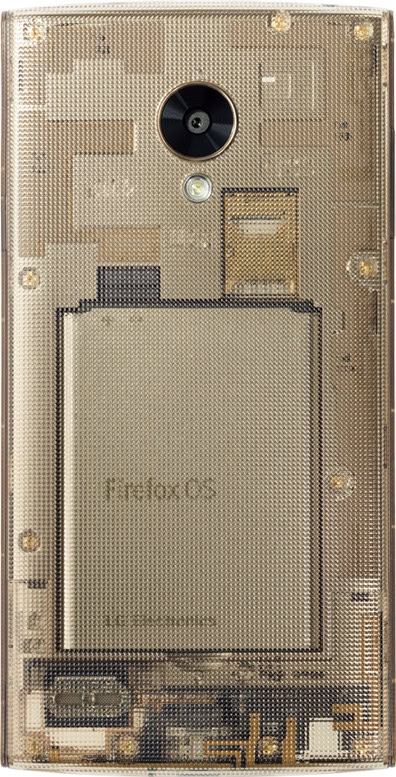
The first reaction I had to the press images was mixed: the transparent design looked mildly interesting, but also somewhat tacky and cheap. The fact that au was making a point of advertising the designer Tokujin Yoshioka, someone neither I nor anyone I know had even heard of, seemed like a misplaced marketing mishap. Aside from the fact that it was running an OS that the world doesn’t really care about – especially not Japan – it seemed quite shocking, as did the fact that only a few stores in the country (one being the aforementioned Shinjuku flagship) would carry it initially.
Walking into the store to purchase one, the staff immediately tried to do what could only be described as talking me out of the decision, for they were clearly attempting to explain the “concept” nature of the product and all the warnings that would ensure. Upon indicating I was purchasing it for “something like developer use” they immediately left me alone and the sale was on.
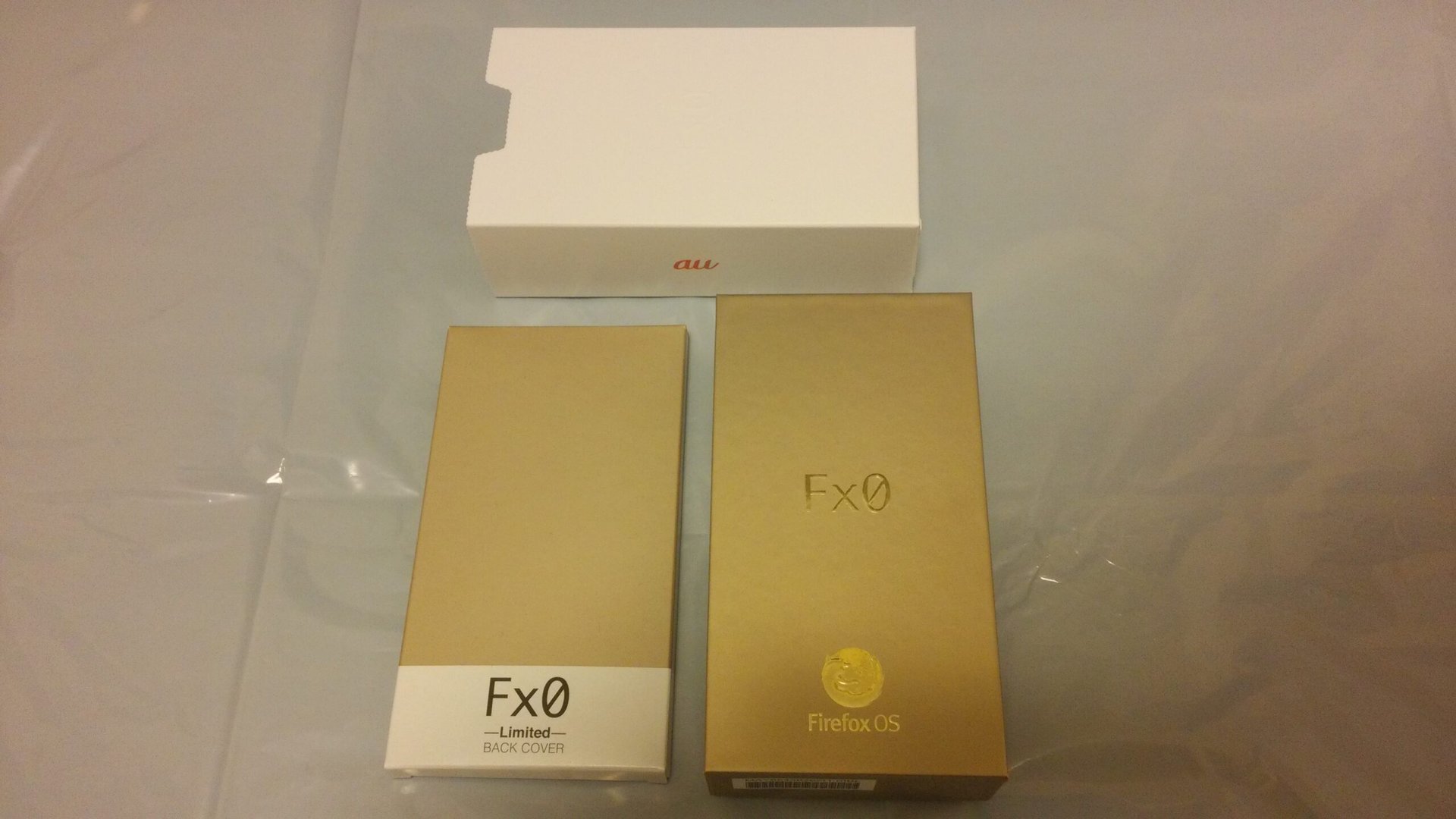
The packaging is nothing short of exquisite. LG’s attention to detail is fantastic, with the package encased inside a plain white box, and with a slide-out inner box of Gold color. The phone comes with a transparent matrix-grid back cover, however a transparent version was also included with it free of charge. In addition, a thick gold bumper is available, but at the price of ¥6588.

Indeed the phone looks very nice in person. The transparent nature seems to mask the fact that the product is a $500 piece of plastic with mid-range specs: it has a 4.7 inch IPS display (1280 X 720), a Snapdragon 400 CPU, a 2370 mAh battery, 16GB of on-board storage and 1.5GB of RAM, an 8.0 megapixel rear camera and 2.1 megapixel front, and support microSDXC up to 64GB. These specs are technically nothing high-tech to be sure, but when one considers the remainder of the Firefox OS platform, they are as killer as killer can get. Relatively, of course.
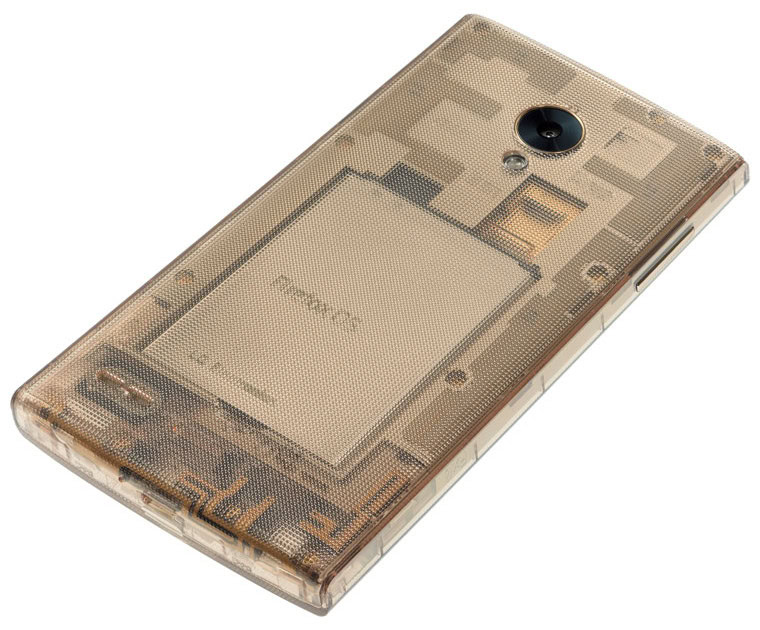
Firefox OS
To be fair, Firefox OS isn’t horrible. The OS itself is very clean, and in some ways a hybrid of iOS and Android. The problem, though, is that it lacks the refinement that its rivals – Windows Phone 8.1 included – have. While Firefox OS 2.0, the build running on the Fx0, at least has cut and paste, but the overall product is very bare bones and at times, and a bit buggy.
The pull-down notification shade is very familiar, and in a move that I can only describe as semi-brilliance, Mozilla has decided to move all the quick access buttons (such as Airplane Mode, GPS, Bluetooth, etc) to the bottom part of it, something that makes accessing them so much easier than reaching for the top a la TouchWiz. Of course by doing this, I am eternally trying to swipe up from the bottom of the screen because that is the most logical place for them to appear from. It also features a built-in data usage monitor so you can constantly see how much you’ve been eating up every time you access the notification shade.
The home screen is essentially the same as iOS, with grids of icons (all of them circular in this case) which can be rearranged by long-pressing and sliding, and a bit of Android going with the permanent embedding of a search widget hovering at the top part of the screen.
Unfortunately, many other elements of Firefox OS 2.0 are problematic:
1. You can not seem to edit any draft e-mails that aren’t locally saved (on the device). This is a jarring issue for a user coming from Android, where the default mail system (Gmail) is completely cloud based.
2. The OS tends to be overly sensitive to touch. Many times, especially when browsing the web, I have gently pushed the screen in an attempt to prevent it from turning off, only to find that it thinks I’m trying to save a picture.
3. Typing is a somewhat cumbersome experience. This is largely a personal issue as I use Swiftkey, and have done so since it was in beta. On the whole, there are just a handful of keyboard replacements to be had, all apparently from independent developers.
4. The ‘Marketplace’ is so barren that it makes Windows Phone look like a venerable encyclopedia of what’s what. It’s almost strange to see the handful of Japanese staples that are present, including messaging app Line, travel info app Navitime, and shopping portal Rakuten, simply because it’s so obvious that their inclusion is clearly the work of KDDI’s pushing for it. Line in particular is an extremely bare-bones experience, with many key features from the Android/iOS version missing including VoIP calls, Timelines, and more. Texting also becomes insanely glitchy with the auto-predictive input enabled and thus I was forced to disable it. Other than these few apps, there is absolutely nothing to speak of, save for dozens upon dozens of “shovelware” the likes of which populated the Android Market in the early days, and which still remain big on Windows Phone and Amazon’s Fire OS.
Video courtesy of Engadget Japan
The Facebook app is also extremely glitchy, and due to the hardware’s lack of back/menu buttons, a minuscule pop-up menu must be activated to do things as simply as navigating one page back.
That is actually a major issue in an of itself: the distinctive lack of buttons. To an extent, every argument about why iOS needs to have additional system buttons (be they on-screen or hardware based) holds true here. The OS has a function similar to that in Windows 8.1 wherein you can swipe in from the left side to change active applications, however I found myself doing it by mistake any number of times out of habit (from using iOS) thinking it will go back to the previous screen or “layer”. In my own personal opinion, Firefox OS really needs to address this issue because even something like the aforementioned Facebook app becomes a chore when you’re constantly having to activate a minuscule tab to pull up the back button, only for it to then disappear again.
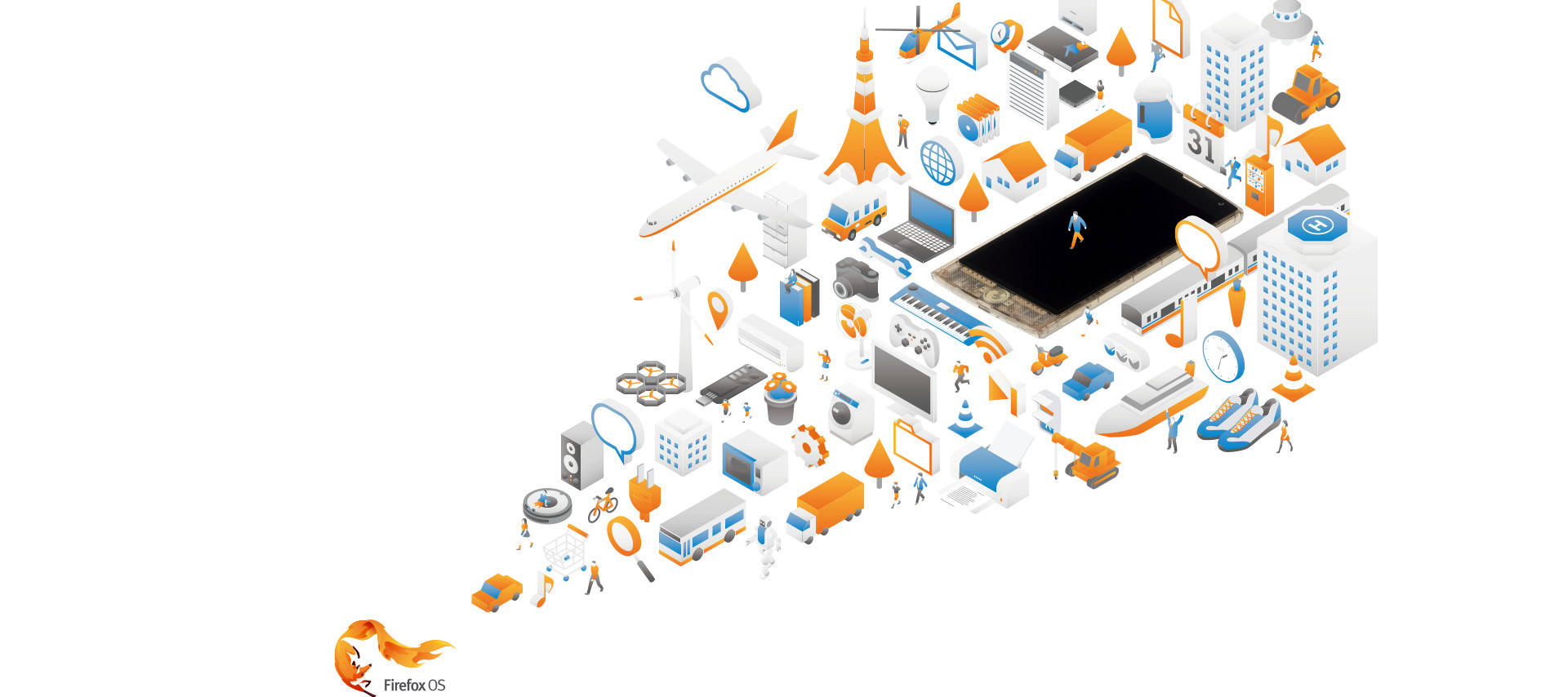
The verdict
At the end of the day (or week as it were in this case), I am left contemplating a very critical question in regards to this phone: who is it for exactly? The Fx0 is, as far as I know, the most expensive “concept” product ever pushed out by a carrier here. At just under $500, you would expect the device to offer real substance. To an extent this is true, in that the phone is on-par with similar mid-tier products offered by Android OEMs, LG included. But for the significant number of shortcomings with respect to the OS itself, coupled with the lack of applications, the end result is nothing short of a mystery.
There is no question that the Fx0 is intended to be a developer phone, as the probability of any casual consumer dropping so much money (or commit to a two year contract for that matter) is extremely unlikely. Similarly, even phone enthusiasts might be hard pressed to splurge given that there is such limited functionality, especially app-wise. KDDI plans to sell the Fx0 at carrier stores and retail venues later this month. As Japan has a no return policy on just about everything (especially anything electronic) there is no “test window” grace period as Americans have: you buy it and you are stuck with it.
As it stands now, Firefox OS is in no way a threat to Android, iOS, or even Windows Phone and Blackberry for that matter. Putting aside my personal feeling that it doesn’t do anything better or more efficiently than any existing mobile OS, Firefox OS clearly has a lot of work cut out for it. While the core OS itself is surprisingly decent, the lack of hardware and lack of developer support are absolutely crucial for the success of the platform. This situation will only become more problematic for Mozilla when Samsung finally releases its Tizen mobile OS platform. While it might have similar problems, Samsung at least has the financial resources and name recognition to potentially provide better support for Tizen.